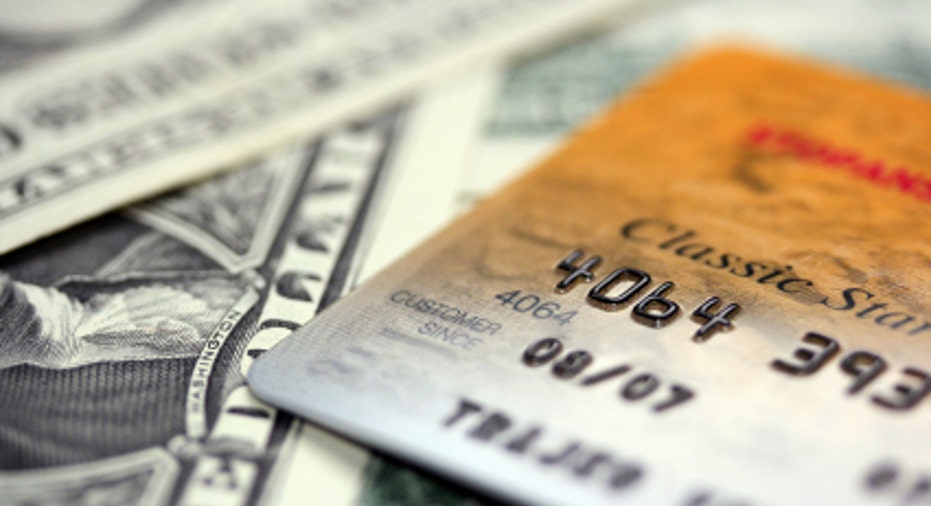What Percentage of Available Credit Should You Stay Under?

Dear Let's Talk Credit,
I have four credit cards. I am using about 40% of the available credit on two of the cards, and approximately 80% on the other two. All four cards have a total balance of about $3,500. My question is what percentage of available credit should I try to stay under? I only have about $250 a month extra right now to pay down the cards. Is there a certain percentage where once you reach it, your credit score loses even more points than before? Is there a big difference between 75% and 80% credit used? Is 30% significantly better than 40$? One of my cards has no interest for the next nine months. Is it bad to use up 95% of the card's limit, or is that not much worse than 80%? Thank you in advance.
- Preston
Dear Preston,
In general, it is best to keep your credit card balances as low as possible. Because everyone's credit report is unique, it is difficult to put a point value on how the different percentages of credit used versus credit available will affect your individual credit score. FICO has noted that below 20% is good, below 10% is better, and that people who have the highest credit scores average 7% credit utilization. However, your credit score should improve if you lower your credit ratios on your four credit cards. For more details, see "Credit limit tricks: Keep a high score while still using your card."
Your credit utilization ratio (the amount you owe versus your total available credit) comprises 30% of your credit score and is the second most important factor, after on-time bill payments. For optimum credit score results, the balances on your credit cards -- both individually and combined together -- should be as low as possible.
I'm glad that you are concerned about your credit score, but let's consider your entire financial situation. A good goal is to develop a spending plan, so that you are not incurring any additional charges on your cards. Right now, you have a manageable situation, with a total of $3,500 in debt and $250 monthly to pay the balances down. If you can avoid adding any new charges, you should be able to pay off what you owe in approximately 16 months. At that time, your cards would have zero balances and your credit score would improve, along with your general financial well-being.
You mention a 0% interest rate for nine months on one of your cards. If you are planning to transfer a balance or portion of a balance to that card to save money on interest payments, go ahead. Increasing the balance is probably worth a slight drop in your credit score, to help you get out of debt faster.
The key to a great credit score is successfully managing your entire financial life. A great place to start is using available credit wisely by keeping your credit card balances low and saving for unexpected expenses. A savings cushion equal to three to six months of your normal monthly expenses will give you the cash you need for a car repair, appliance replacement or other unplanned expense. A little financial planning can help you go a long way!
Let's keep talking!
See related: FICO's 5 factors: The components of a FICO credit score



















